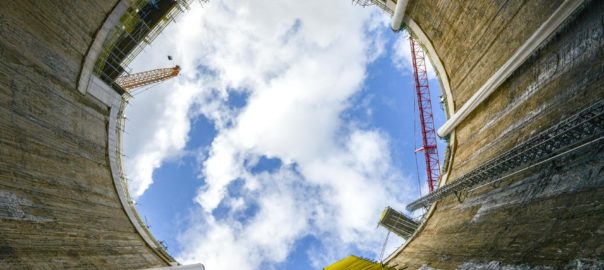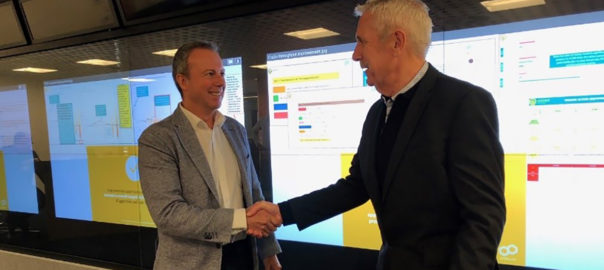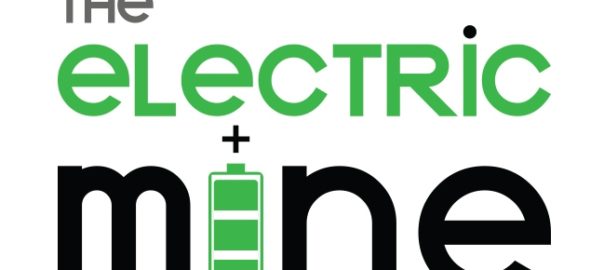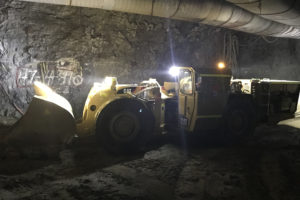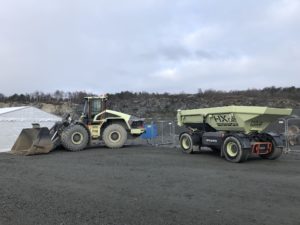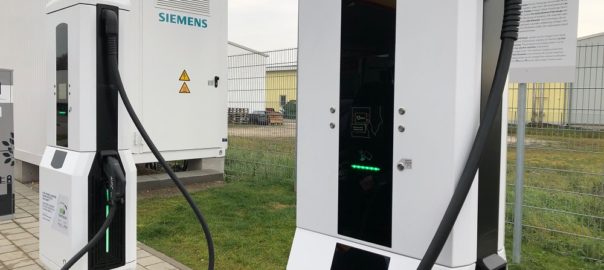Following the success of the inaugural Electric Mine event in Toronto, Canada, in April, International Mining Events has wasted no time in confirming the 2020 follow up; this time in Stockholm, Sweden.
Taking place at the Radisson Blu Waterfront Hotel on March 19-20, 2020, The Electric Mine 2020 will be even bigger, featuring new case studies from miners implementing electrification projects and presentations from the key OEMs and service suppliers shaping these solutions.
A leading hub in Europe for mining equipment and innovation, Sweden was the obvious choice for the 2020 edition of the event. Miners including Boliden and LKAB have already made electric moves above and below ground, and the north of the country is set to host Europe’s first home-grown gigafactory, the Northvolt Ett lithium-ion battery cell facility.
Sweden and Finland also play host to Europe’s major mining OEMs such as Epiroc, Sandvik, Metso and Outotec (soon to possibly be Metso Outotec Corp), and the Nordic region has a rich mining innovation legacy.
Capacity crowd
The announcement of the 2020 Electric Mine edition comes hot on the heels of a hugely successful debut in Toronto.
With the Radisson Admiral, on Toronto Harbourfront, filled out to capacity, the circa-150 attendees were treated to more than 20 world-class papers from miners Vale, Goldcorp (now Newmont Goldcorp), Kirkland Lake Gold, Boliden and Nouveau Monde Graphite; OEMs Epiroc, Sandvik, Caterpillar, Volvo CE and BELAZ; and equipment and service specialists Siemens, ABB, GE Transportation (a Wabtec company). Presentations from Doug Morrison (CEMI), Marcus Thomson (Norcat), David Sanguinetti (Global Mining Guidelines Group), Erik Isokangas (Mining3) and Ali Madiseh (University of British Columbia), meanwhile, provided the R&D angle delegates were after.
The event was a truly global affair, attracting delegates and exhibitors from Africa, Australasia, Europe, North America and South America, all eager to hear about developments across the sector.
Bigger and better
International Mining Events is upping the ante for 2020, increasing the event capacity to 200 delegates and making plans for a possible site visit to witness electric equipment in action.
Talks from several miners, as well as global international companies, will again underpin the 1.5-day conference program, which will also expand to cover the use of renewable/alternative energy within the field.
There will, again, be opportunities for sponsorship and exhibiting, with several companies already in discussions about booking the prime opportunities for the event.
If you would like to know more about The Electric Mine 2020, please feel free to contact Editorial Director, Paul Moore ([email protected]) or Editor, Dan Gleeson ([email protected]).
In the meantime, we look forward to seeing you in Stockholm!








